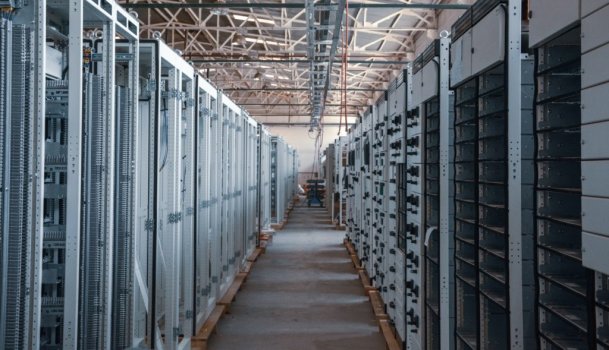K
Kathleen Martin
Guest
Edge computing trends play a key role in business because edge deployments are now essentially everywhere. With the list of edge computing devices growing – including smartphones, smartwatches, and autonomous vehicles – at an exponential rate, business professionals need to stay current with edge trends moving into 2022.
Indeed, after developing for several years, it appears that edge computing is set to take enormous strides in adoption and investment in 2022. Below are the edge computing trends to watch.
1) IoT
The Internet of Things (IoT) is easily the fastest growing umbrella of edge computing devices.
IoT devices include:
Not only will the rise of IoT devices fuel edge computing, but it will revolutionize various industries such as healthcare and education. In fact, IoT devices within edge computing deployments are being leveraged in the healthcare industry right now to help track evolving data sets and monitor facilities remotely.
2) Customer Experience
One of the more unique ways edge computing is being leveraged to help out businesses is in the customer experience realm. Using edge computing’s reduced latency, businesses are able to provide the optimal customer experience.
Conglomerates such as Disney are using IoT sensors and edge computing to quickly transmit performance data about their rides. Adjustments are made using this data to optimize rides and attractions and ensure minimal disruption for park goers.
On a more tangible level, the improvement in speed that edge computing brings for businesses can greatly impact sales. A Deloitte Digital study found that a 100ms improvement in mobile retail speeds translate to an 8.4% increase in sales conversion. This decrease in latency can also help marketers and businesses process customer data nearly in real-time. This allows for marketing teams to build more personalized and interactive customer experiences, such as advanced chatbots and even offline interactions.
Continue reading: https://www.eweek.com/networking/edge-computing-trends-2022/
Indeed, after developing for several years, it appears that edge computing is set to take enormous strides in adoption and investment in 2022. Below are the edge computing trends to watch.
1) IoT
The Internet of Things (IoT) is easily the fastest growing umbrella of edge computing devices.
IoT devices include:
- Smart appliances
- Smartphones
- Wearables
- Gaming systems
- Printers
Not only will the rise of IoT devices fuel edge computing, but it will revolutionize various industries such as healthcare and education. In fact, IoT devices within edge computing deployments are being leveraged in the healthcare industry right now to help track evolving data sets and monitor facilities remotely.
2) Customer Experience
One of the more unique ways edge computing is being leveraged to help out businesses is in the customer experience realm. Using edge computing’s reduced latency, businesses are able to provide the optimal customer experience.
Conglomerates such as Disney are using IoT sensors and edge computing to quickly transmit performance data about their rides. Adjustments are made using this data to optimize rides and attractions and ensure minimal disruption for park goers.
On a more tangible level, the improvement in speed that edge computing brings for businesses can greatly impact sales. A Deloitte Digital study found that a 100ms improvement in mobile retail speeds translate to an 8.4% increase in sales conversion. This decrease in latency can also help marketers and businesses process customer data nearly in real-time. This allows for marketing teams to build more personalized and interactive customer experiences, such as advanced chatbots and even offline interactions.
Continue reading: https://www.eweek.com/networking/edge-computing-trends-2022/

